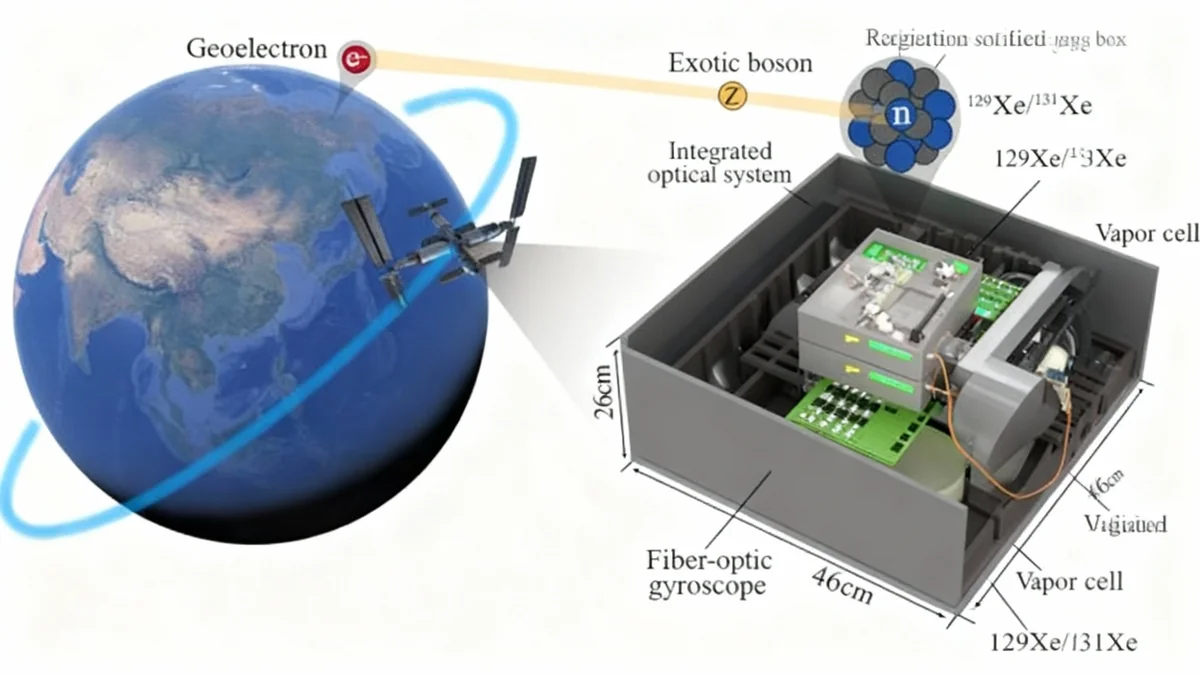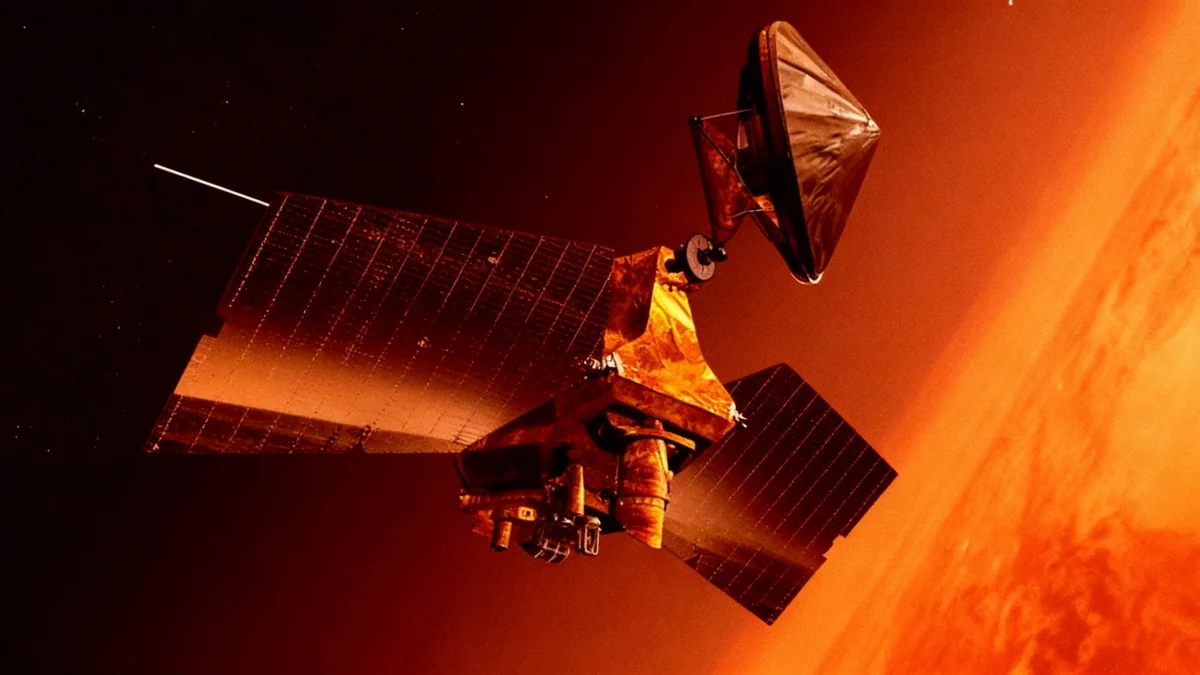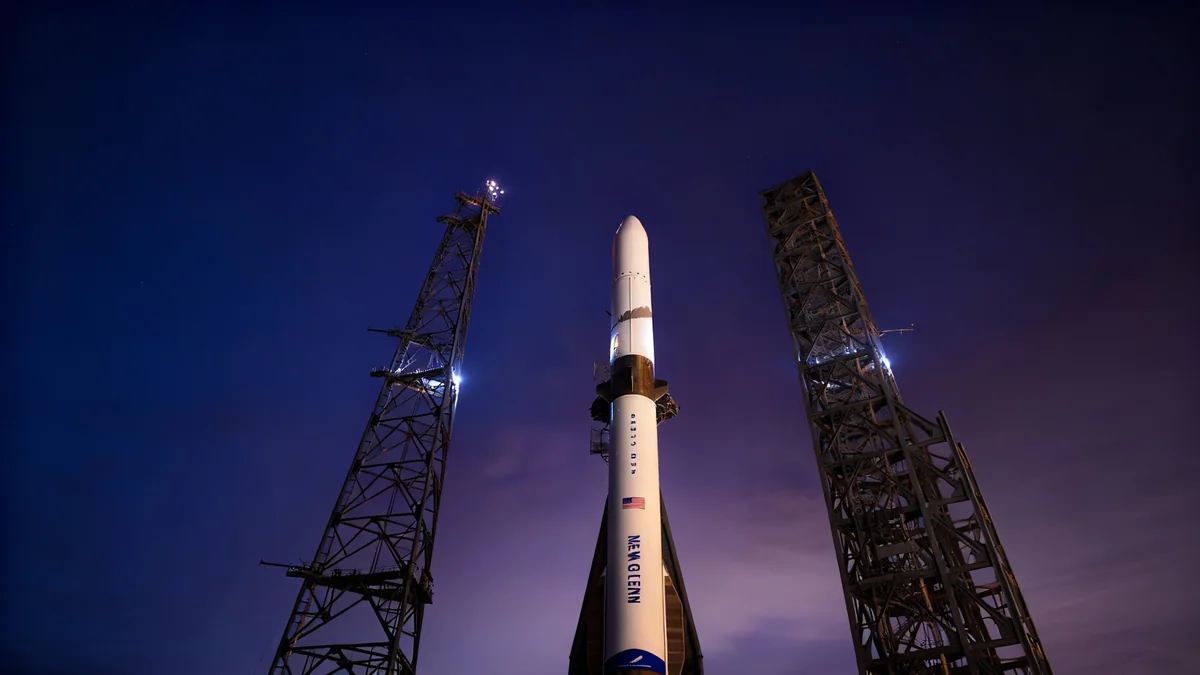A new project plans to use the China Space Station as a high-speed platform to search for elusive particles that could solve some of physics' biggest mysteries. By deploying a highly sensitive quantum sensor in orbit, scientists aim to detect forces that are invisible on Earth, potentially revealing the nature of dark matter.
The mission, known as SQUIRE, leverages the unique environment of low Earth orbit to gain an unprecedented advantage over ground-based experiments. Using Earth itself as a massive particle source, the project is expected to increase detection sensitivity by up to ten million times for certain types of interactions.
Key Takeaways
- The SQUIRE project will install a quantum spin sensor on the China Space Station to search for exotic particles and forces.
- Operating in space is expected to improve sensitivity by 6 to 7 orders of magnitude compared to terrestrial experiments.
- The project uses the entire Earth as a natural source of polarized particles, a scale impossible to replicate in a lab.
- A specialized prototype sensor has been built to withstand cosmic radiation, vibrations, and magnetic fluctuations in orbit.
A New Frontier in Physics
Scientists are preparing to launch a new kind of search for dark matter and other undiscovered forces in the universe. The project, named SQUIRE for Space-Based Quantum precision measurement on Exotic Interactions, will use a specially designed quantum sensor aboard the China Space Station.
The goal is to detect what are known as exotic-boson-mediated interactions. These are hypothetical forces that, if they exist, could explain the nature of dark matter, a mysterious substance believed to make up about 27% of the universe. These interactions are incredibly faint and difficult to measure, which is why previous searches on Earth have been unsuccessful.
By moving the experiment to space, researchers can overcome key limitations of ground-based laboratories. The orbital platform provides a unique combination of high speed and access to a massive natural particle source—the Earth itself.
Why Space Offers a Unique Advantage
Searching for these faint forces from space provides three major benefits that are impossible to achieve on the ground. Together, they are expected to make the SQUIRE sensor powerful enough to detect signals that have remained hidden until now.
What Are Exotic Interactions?
The Standard Model of particle physics describes the fundamental forces and particles that make up the known universe. However, it doesn't account for phenomena like dark matter or dark energy. Exotic interactions are theoretical forces mediated by new particles, like axions or other bosons, that go beyond the Standard Model. Detecting them would confirm the existence of new physics.
Harnessing Orbital Speed
The China Space Station orbits the Earth at a speed of approximately 7.67 kilometers per second. This is nearly 400 times faster than the moving sources used in similar experiments on Earth. Many of the theoretical exotic interactions are velocity-dependent, meaning their effects become stronger at higher speeds. The station's constant, rapid movement relative to Earth is expected to significantly amplify any potential signal.
Using the Earth as a Source
The SQUIRE sensor is designed to detect interactions between its own quantum spins and the spins of electrons. Instead of using a small, lab-created source, the project will use the entire planet. Earth's mantle and crust contain an enormous number of unpaired electrons, which are polarized by the planet's magnetic field.
Scientists estimate that Earth provides approximately 10⁴² (a one followed by 42 zeros) polarized electron spins for the experiment. This is about 100 quadrillion times more than the largest man-made spin sources used in laboratories.
This massive natural source dramatically increases the chances of detecting a faint interaction. According to projections, the strength of the exotic field signal in the SQUIRE experiment could reach up to 20 picoteslas, far exceeding the 0.015 picotesla detection limit of ground-based instruments.
Filtering Out Noise
A constant, faint signal is extremely difficult to distinguish from background noise. However, the space station's orbit provides a natural solution. As it circles the globe every 1.5 hours, any signal from an Earth-based interaction will oscillate at a predictable frequency of about 0.189 millihertz.
This regular modulation moves the signal into a frequency band that has inherently less background noise, making it much easier for the sensor to isolate and measure. This is similar to how a radio tunes into a specific station while filtering out static.
Building a Sensor for the Cosmos
Operating a highly sensitive instrument in space presents significant engineering challenges. The SQUIRE team has developed a robust prototype designed to function reliably in the harsh environment of low Earth orbit, which is filled with radiation, temperature swings, and mechanical vibrations.
The prototype integrates three key technologies to overcome the main sources of interference:
- Magnetic Noise Suppression: The sensor uses two different noble gas isotopes, Xenon-129 and Xenon-131. These isotopes react oppositely to magnetic fields, allowing the sensor to cancel out common-mode magnetic noise from Earth's fluctuating geomagnetic field by a factor of 10,000. Combined with multi-layer magnetic shielding, this reduces interference to sub-femtotesla levels.
- Vibration Compensation: To counteract the mechanical vibrations of the space station, the system is equipped with a fiber-optic gyroscope. This device measures platform movement in real-time and actively compensates for it, reducing vibration-related noise to a negligible 0.65 femtoteslas.
- Radiation Hardening: A 0.5-centimeter-thick aluminum enclosure shields the instrument from cosmic rays. Furthermore, its control circuits are built with triple modular redundancy, meaning there are three identical systems running in parallel. If one or even two fail due to a radiation strike, the sensor can continue to operate, reducing potential disruptions to less than one per day.
This advanced engineering has resulted in a prototype with a single-shot sensitivity of 4.3 femtoteslas over a 1165-second measurement period, which is perfectly suited for detecting the slow, 1.5-hour oscillation of the expected signal.
Expanding the Search for New Physics
The SQUIRE mission is not just about a single experiment. Its success could pave the way for a broader network of interconnected quantum sensors both in space and on the ground. Such a network could dramatically enhance the search for various dark matter models and other phenomena beyond the Standard Model.
For example, the high orbital velocity of the sensor could improve sensitivity to axion halos—a theoretical cloud of dark matter particles surrounding galaxies—by a factor of ten compared to direct searches on Earth.
Looking further ahead, the framework developed for SQUIRE could be adapted for future deep space missions. Planets like Jupiter and Saturn, which are rich in polarized particles and have strong magnetic fields, could serve as even larger sources for future experiments. By combining quantum technology with space exploration, scientists are opening a new window to observe the invisible universe and potentially answer some of the most fundamental questions in science.





